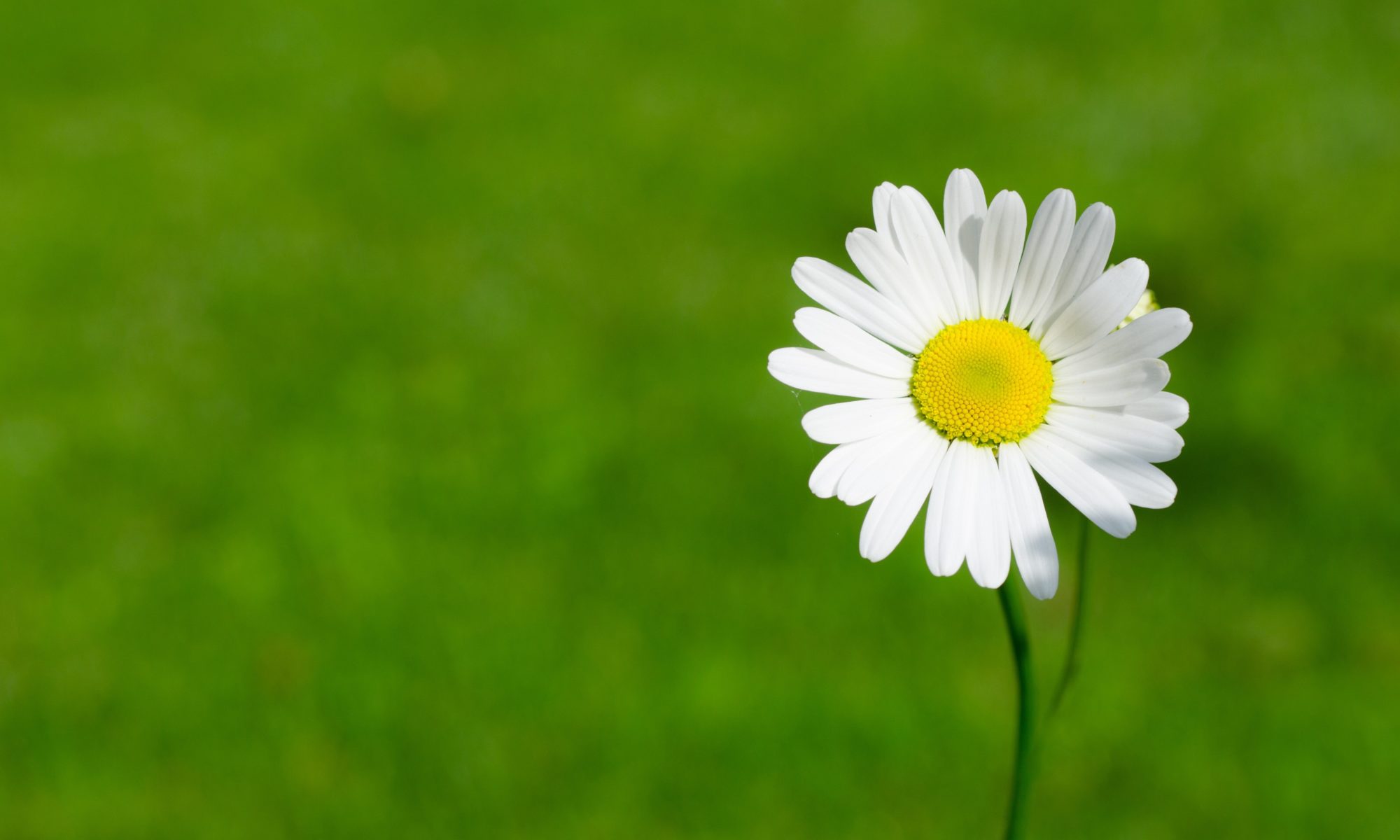It should be noted that the following tips and suggestions are what most competent judges will be looking for in the perfect exhibit, but at the end of the day judging is largely an inexact science and judges may have personal likes and dislikes. If however you are able to follow these tips you should stand a better chance of being among the prizes. Showing vegetables should however be enjoyable, not a chore, and the purpose of these tips is to help those exhibitors who want to know more and not to discourage entries.
Vegetables

Vegetables
Potatoes
Potatoes should be as far as possible of the same shape and size, with eyes that are shallow. They ought to be carefully washed so as not to damage the skins, but with all traces of earth removed. They ought to be of a good size, not too large and not too small (around 170g to 225g is a good guide). The exhibit will be marked down if they are misshaped, damaged by slugs, worm or blight. The presence of green colouring as a result of exposure to light is also defective.
Carrots
When taken from the soil one should be careful to try and maintain a long tap root. This can be achieved by watering them well and easing them from the soil. The carrots should be carefully washed with a soft cloth to ensure they are free of earth especially around the top of the shoulders. The skins should be undamaged and they should be of similar size and shape – try to keep a long tap root. The leaf stalks should be cut to a length of about 8cm or according to the schedule. They will be marked down if they display damage by carrot root fly grubs and green colouring around the shoulders due to exposure to light.
Onions
Onions should be uniform in shape and size. Be careful to ensure that they conform to any weight restrictions. The onions should be well ripened, firm and with a dry, unbroken, unblemished and ripe skin. The onions should not be over skinned and green. The roots should be trimmed neatly and the top of the onion (the neck), which ought to be thin, should be turned over and bound neatly with raffia. The onions should be staged on rings so that they sit upright on the show bench.
Runner Beans
The beans should be exhibited with some stalk (the handle) attached. They should be straight and of equal length and uniform size. They should also be fresh and not coarse and stringy. The seeds should not be overly prominent in the pod (the judge will snap one of your beans when judging to check that they are fresh and not stringy). They should be of a good even colour and free from blemishes.
Tomatoes
The tomatoes should be regular in shape and size and firm but fully ripe (showing the true colour of the variety). They should be unblemished but not be polished and have a fresh green calyx attached.
Cabbage
The Cabbage(s) should be of a good size and colour and have a firm, solid heart. The leaves as far as possible should be clean and free from slug and caterpillar damage. Make sure there are no slugs or grubs lurking in the foliage. Try to maintain the “waxy bloom” on the leaves, which will disappear with excessive washing and handling. The roots should be cut off as can some of the outer leaves (if damaged), but not all, leaving a neat stalk of some 75mm. The cabbage(s) should be fresh. If two are being exhibited, they should also be uniform in shape and size.
Beetroot
When taken from the soil, one should be careful to try and maintain a long tap root. This can be achieved by watering them well and easing them from the soil. Carefully trim any side roots from the main tap root, leaving just one root. The beetroot should be carefully washed with a soft cloth to ensure they are free from earth. The skins should be undamaged, and they should be of similar size and shape, as a rule of thumb the ideal size for globe beetroot is that of a tennis ball. The leaf stalks should be cut to a length of about 8cm or as per schedule and neatly tied with raffia. If they are too large and woody, they will be marked down.
Courgettes
Courgettes should be fresh of between 10-20cm in length and of uniform shape and size whilst displaying a good all over skin colour without blemishes. The flowers can be left attached, but this is not a must. Do not cut the courgettes too close to the fruit as they should have about 2cms of stalk attached. They should be clean without the need for washing, which can be detrimental to their natural appearance.
Marrow
Marrows should not exceed 40cm and display an even and all over good colour. They should be displayed with at least 2cms of stalk attached. The skin should ideally be unblemished
Cucumber
The Cucumber should be exhibited with about 2cms of stalk attached. The cucumber should be fresh, straight and not over mature. They should have a short “handle” i.e. the thin end to which the stalk is attached. They should be blemish free and retain their natural bloom. Care needs to be exercised when handling them as this can remove the bloom, as may washing.
Sweetcorn
They should be fresh and ripe, but not over ripe and starchy. The ears of corn should be even, regular (in line) and fully formed over the whole of the cob. They should be exhibited with at least 2cms of stalk attached and with the protective leaves (the husk) and dead filaments present. To present the cobs, the outer leaves on one side only should be neatly peeled back and tucked under the cob to display a section of the ears of corn.
Shallots
Shallots should be prepared for exhibition in much the same way as onions. They should however be presented neatly on a plate of clean dry sand.
Parsnips
The tips for exhibiting parsnips are much the same as those above for carrots. Specimens should be well washed and without blemishes if possible. Some varieties of parsnips are very susceptible to canker which is most unsightly on the show bench, so when purchasing seed it is worth seeking out varieties that show resistance to canker.
Leeks
Leeks should be thoroughly washed with the soil teased from the roots, which should not be cut off. The flags (leaves) should also not be cut and in good condition. The barrel of the leak should be straight, even and not swollen (bulbous) at the base. The longer the blanched (white) part of the barrel, the better. The leeks should be uniform in shape and size.
Fruit

Fruit
Apples and Pears
Apples and Pears should be exhibited with stalks attached. The fruit should not be polished. Fruit should be uniform in shape and size with skins free from blemishes, patches of discolouration and bruising etc. Specimens should also be fresh. Ripeness of fruit is not so important.
Flowers

Flowers
Generally speaking, flowers and foliage should all be clean and free from disease and insect damage. Where possible, choose vases to suit the height of the stems.
Daffodils
It is very important that daffodil blooms are clean and fresh. The perianth and corona should be fresh and clean and free of nicks and tears etc. Unless the variety has different characteristics the flower should be at near to a right angle in respect of the stem. When showing more than one flower in an exhibit the flowers should be of similar size and arranged symmetrically e.g. if three flowers are shown the centre flower should sit higher that the other two. Leaves of a daffodil plant enhance the appearance of the exhibit – use one leaf per flower with the leaf placed behind the bloom and being slightly taller than the flower. Daffodils can be cut up to a week ahead of the show date and kept in cold water in a cool dark environment. They can then be brought into the warm and light a day or two before the show so they are at their best on the show date. It is also meritorious if you can have the petals of the perianth totally symmetrical, this can be achieved by very gently rotating/twisting (“clocking”)the stem/immature seed head at the back of the flower so that the petals of the perianth are in identical positions for each flower. To ensure your blooms are upright in the vase it is useful to use some kitchen roll or similar material to pack out the vase. Remember that good staging always impresses the judge and the exhibit that “sits up and stares the judge in the face“ is going to be noticed!!
Sometimes the blooms of the daffodil can show signs of green discolouration. This is more likely than not going to be caused by immaturity. The problem can often be rectified by placing the bloom in a vase of warm (more than tepid but not boiling) water for a few hours.
Cookery

Cookery
Careful attention should be paid to the instructions/recipes – particularly tin sizes.
Cakes
Cakes should be well risen, even in shape and baking. Any Fruit should be evenly distributed throughout the cake. A domed top with slight cracking is acceptable for light fruit cakes. The cake should not bear any cooling rack marks.
Preserves
Use clear jars free from commercial trademarks with unmarked lids. All preserves should be labelled with small labels stating the main fruit used together with the day, month and year of making.
Jams, Jellies and Marmalades
The jar should be filled to the brim to allow for shrinkage. For the top of the jar use a well fitting wax disc and cellophane, or a new twist top (in which case the wax disc is not used).
Lemon Curd
For the top of the jar use a well fitting wax disc and cellophane.
Chutney
There should be a ½ inch head space between the contents and the lid and the jar must be topped with a new vinegar proof lid, i.e. a plastic lined twist lid. The chutney must be a minimum of two months old.


